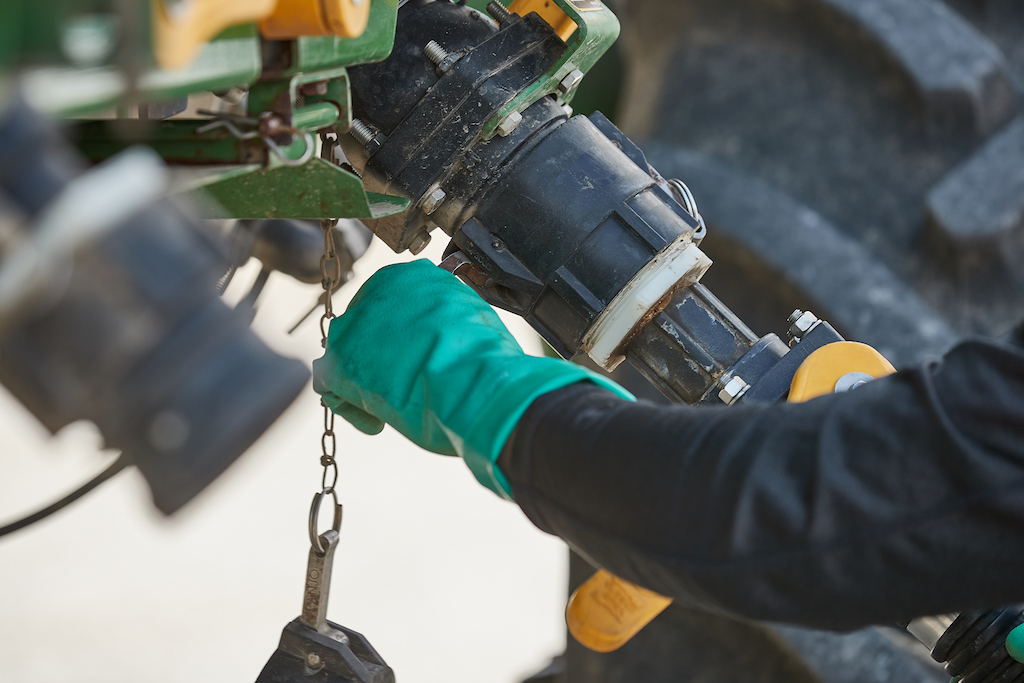Velum Prime Fungicide
FungicideVelum® Prime manages a wide spectrum of yield-robbing nematodes and brings wide-spectrum, long-lasting nematode control. It moves from roots to leaves, not only suppressing nematodes below ground but also throughout the plant to help protect root health, suppress key diseases and maximize yield potential.
Approved In
AL, AR, CO, CT, DC, DE, FL, GA, IA, ID, IL, IN, KS, KY, LA, MA, MD, ME, MI, MN, MO, MS, MT, NC, ND, NE, NH, NJ, NM, NV, NY, OH, OK, OR, PA, RI, SC, SD, TN, TX, UT, VA, VT, WA, WI, WV, WYLabels / Safety Data Sheets (MSDS)
Additional Downloads
